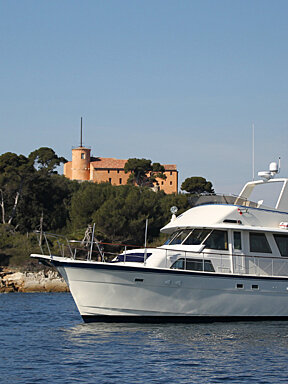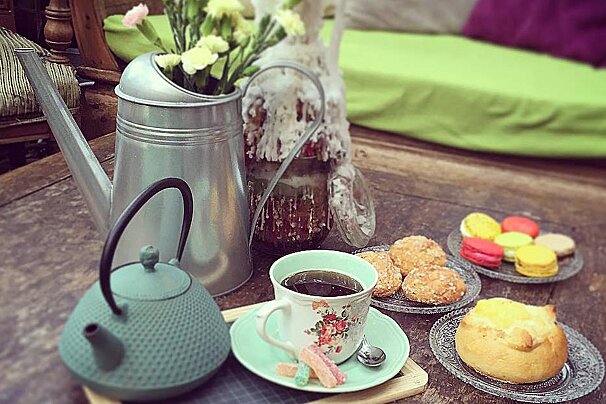

Pierre-Auguste Renoir
One of the great French Impressionists
Pierre Auguste Renoir was another of the great Masters who revelled in the glorious light and rustic scenes of the Cote d’Azur.
Born in Limoges, Renoir launched his artistic career as a painter in Paris. A friend of Monet, the artists spent time painting together on the banks of the Seine, playing with the bright colours and soft edges that would launch the Impressionist movement, while breaking with tradition by painting outside, en pleine air, a shocking proposition at the time.
The paintings and the Impressionist movement were not initially well-received by critics, one of whom complained about Renoir’s A Woman’s Torso in the Sunlight that he would like to ‘try to explain to M Renoir that a woman's torso is not a mass of decomposing flesh.’
At one early stage in his career, Renoir could not afford to buy paint- which seems, in retrospect, an extraordinary thing for a man whose works now sells for more than 70 million dollars. While Renoir changed styles several times in his lifetime, his paintings remained sensual and soft, depicting open air scenes of luncheon parties and country dances, as well as the fleshy nudes he was so famous for. His thousands of works also included sculptures and portraits, such as the one he painted in all of 35 minutes for German opera composer and famous anti-Semitic, Richard Wagner.
There was no darkness or political angst to be found in his paintings, and in the 2012 film, Renoir, he is quoted as saying, ‘It is all flesh, all flesh!, as if for him the human form was the beginning, the end and the meaning of life. The film, in fact, is a wonderful depiction of an Impressionist view of the South of France- gently moving camera work, curtains billowing through open French windows, and soft scenes of sunshine in the olive groves. It is all soft light and colour, as is fitting for the Impressionist master- in fact some critics have likened the film to being inside an Impressionist painting (and those who love the quiet scenes of France will enjoy this film for that alone.)
Renoir’s Riviera experience happened quite late in life, when his rheumatoid arthritis necessitated a move to a warmer clime. He and his wife moved to Cagnes-sur-Mer, to a villa called Les Collettes which commanded an imposing view across the coast and was surrounded by centuries-old olive groves and citrus trees. He lived there for 12 years until his death at age 78, continuing to paint and sculpt as he grew ever frailer and became confined to a wheelchair, his paintbrushes now put in his hands by his assistant.
After Renoir’s beloved wife Aline died his art is said to have suffered, until a young, hot-headed and beautiful redhead by the name of Andrée Heuschling came to sit as an artist’s model for him. She brought new life and vigour to his paintings, most famously sitting for one of his most famous works, Les Baigneuses (The Bathers). As it happened, the sixteen year old model brought new life and vigour to the whole household, with Renoir’s son Jean beginning an affair and eventually marrying her just after his father’s death. Jean was at the time recovering from one of the serious injuries he sustained fighting in World War One, and would grow to become an extremely famous film-maker- one whose soft, moving camera work would be credited at least in part to his father’s artistic legacy. Creativity ran in the blood in this family: of Renoir’s other two sons one was a ceramic artist and the other a film actor.
The Renoir family villa now serves as his museum, where visitors can see his wheelchair, sat lonely in front of his easel, an empty palette and paintbrushes sitting by the side.
Renoir is today considered by many critics the least impressive of the Impressionists but is much loved by the people- French people in particular. This gap between the opinions of the critics and the masses probably stems from the same reason: with Renoir’s masterpieces, ‘what you see is what you get’ and there is no need to ponder for any greater meaning in the beauty. His works’ intellectual simplicity may offend the critics searching for something deeper, but it delights the senses of those who appreciate it for the beautiful use of colour and depictions of the scenes and people of France at the turn of the 20th century.

























